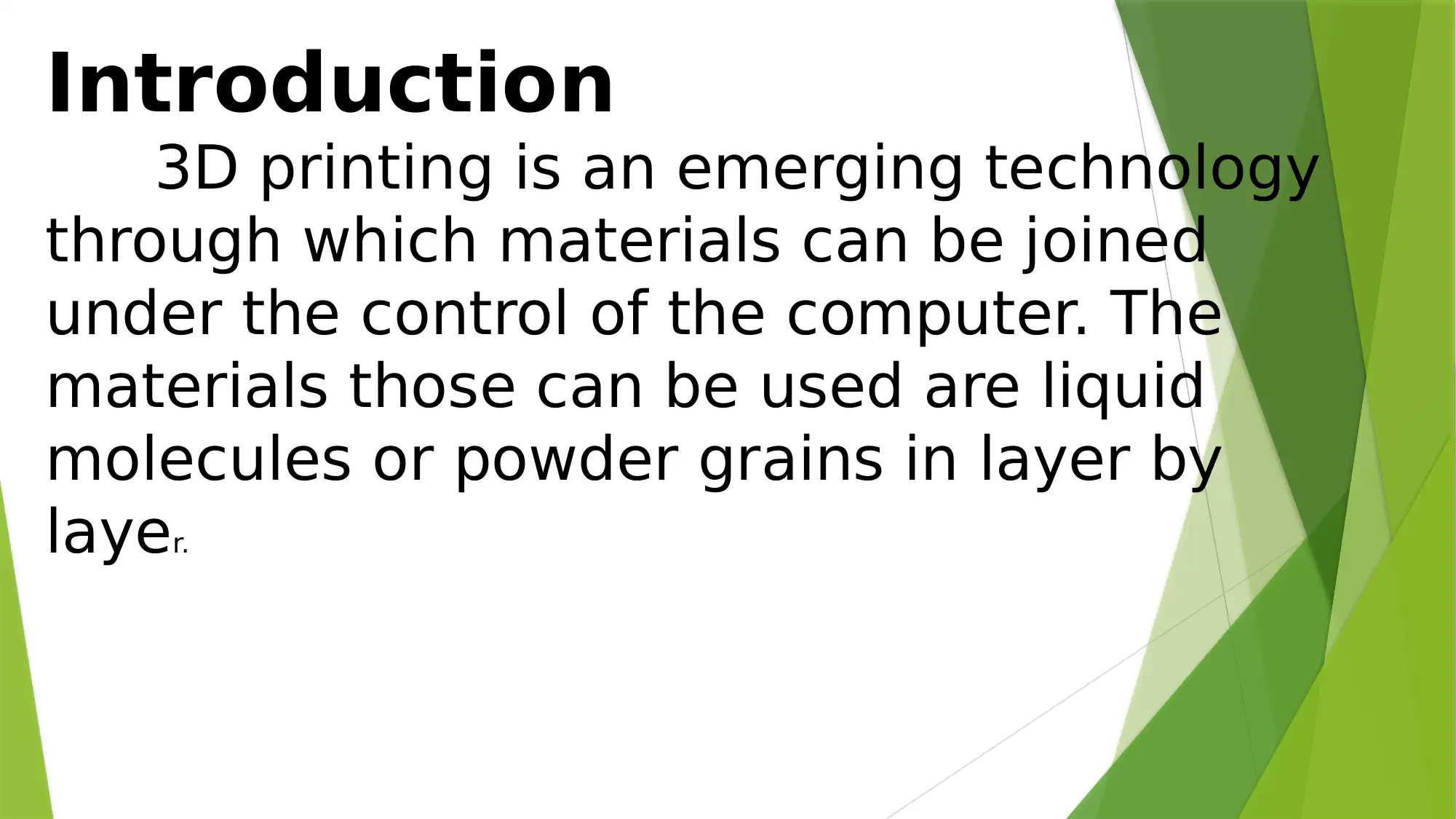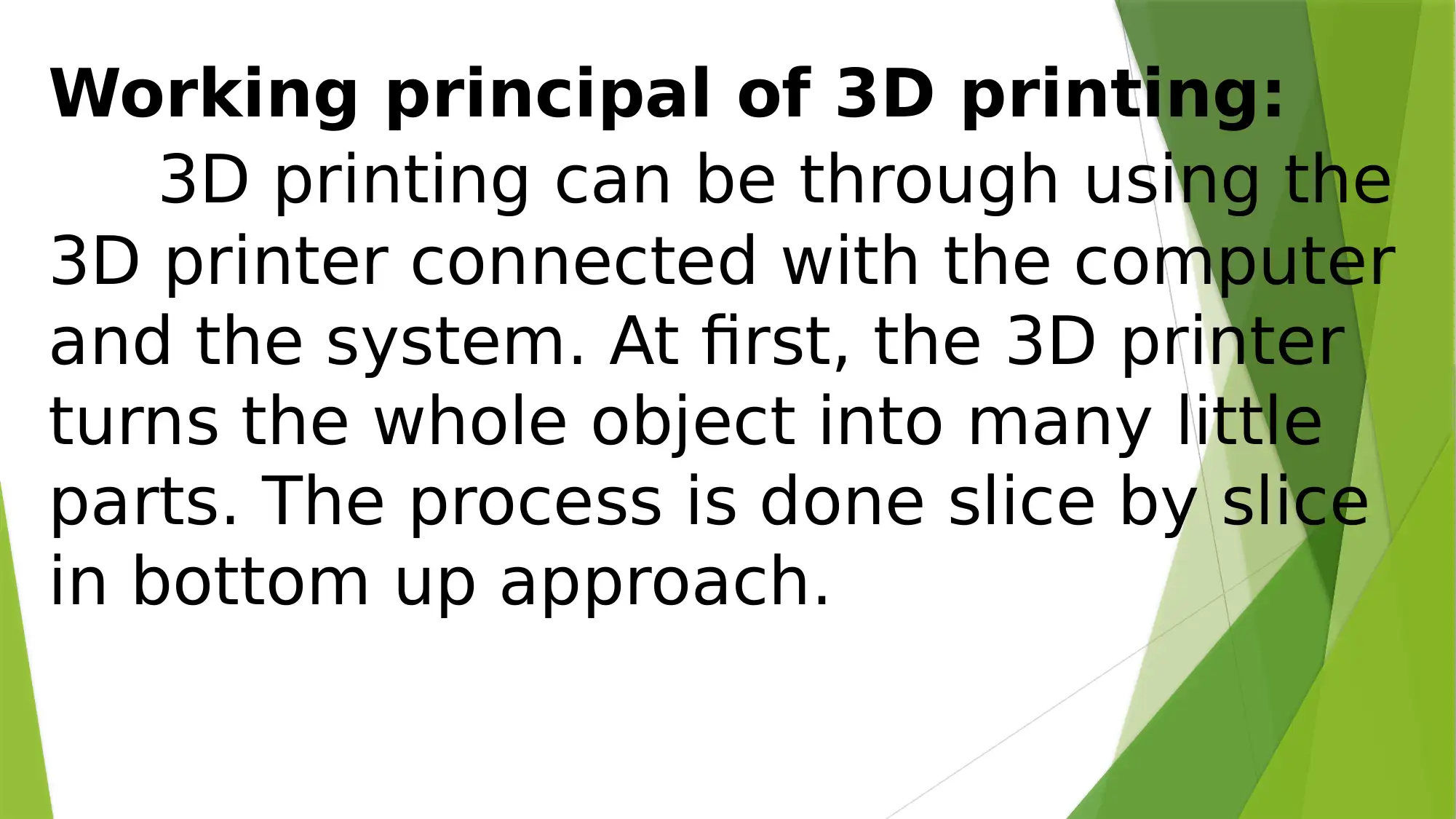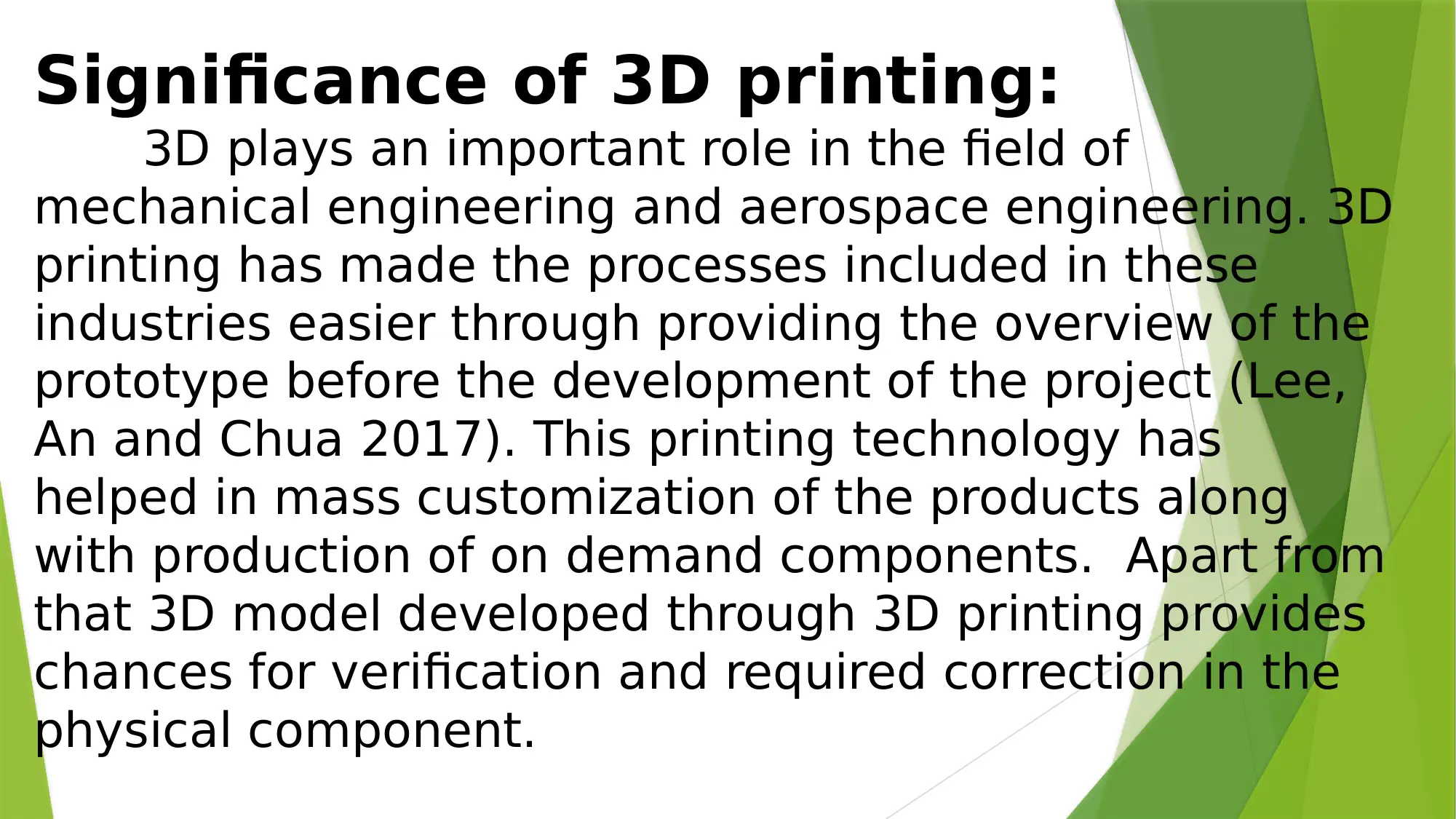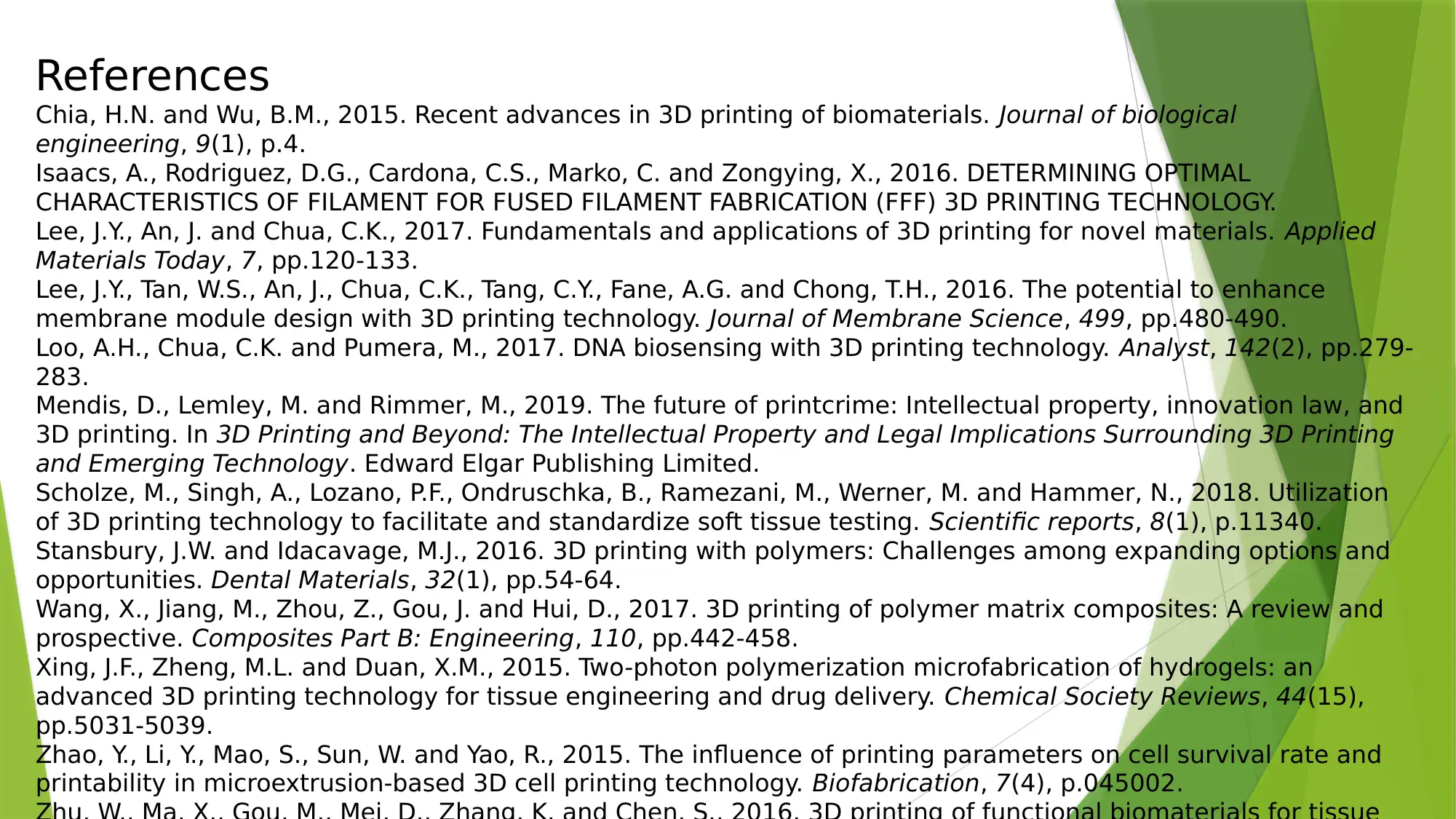T3 2018 ICT100 Foundations of Information Systems: 3D Printing
VerifiedAdded on 2023/04/25
|8
|702
|476
Report
AI Summary
This report provides an overview of 3D printing technology, a key emerging trend in information systems. It begins with an introduction to the technology, explaining its working principles and significance in fields like mechanical and aerospace engineering. The report details the strengths of 3D printing, such as single-step manufacturing and design freedom, while also acknowledging its weaknesses, including high costs and material limitations. Ethical issues related to 3D printing, such as piracy and lack of regulations, are also discussed. The report is based on recent research articles and aims to provide a comprehensive understanding of 3D printing technology for an ICT100 assignment, fulfilling the requirement of a 1500-word report based on the provided assignment brief.
1 out of 8












![[object Object]](/_next/static/media/star-bottom.7253800d.svg)